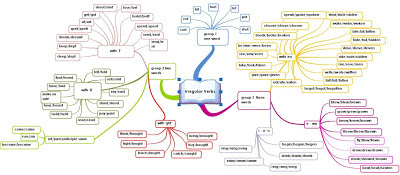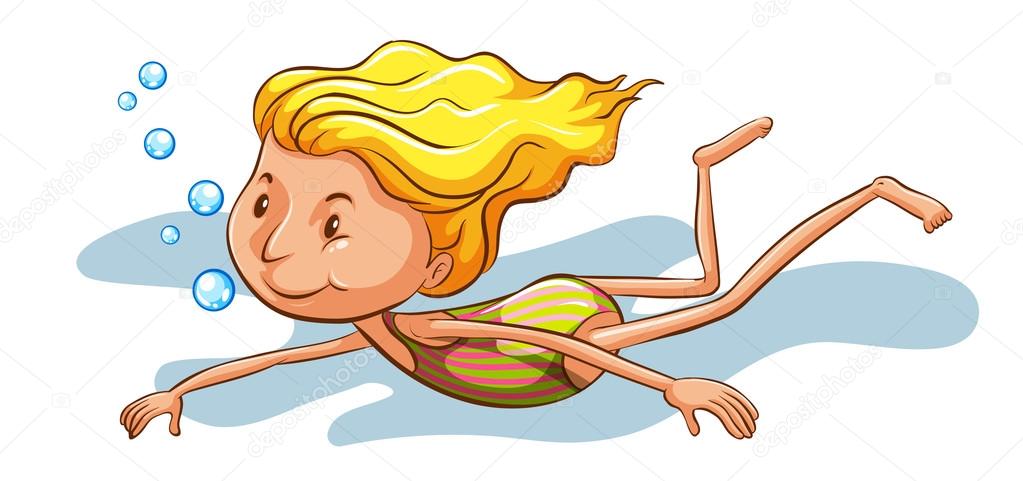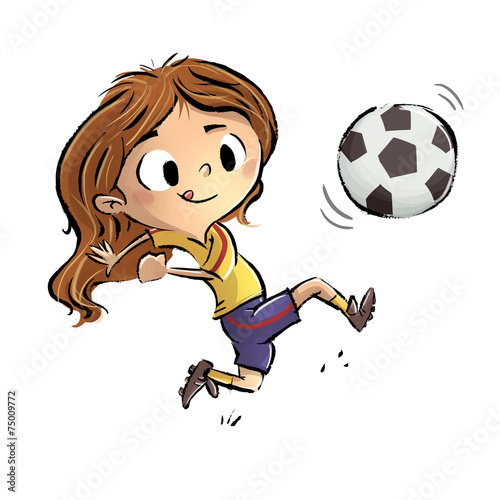PRACTICE
 Fuente: Fotolia. https://es.fotolia.com/id/81037091
Fuente: Fotolia. https://es.fotolia.com/id/81037091
 Fuente: Fotolia. https://es.fotolia.com/id/81037091
Fuente: Fotolia. https://es.fotolia.com/id/81037091
A. Pronunciation
of the –ed. Look at the following
list of regular verbs in simple past tense. Circle the appropriate symbol, next
to the verbs, that represents the correct pronunciation of the –ed sound.
1. imitated / t /
/ d / / Id /
2. published / t
/ / d
/ / Id /
3. replied /
t / /
d / / Id /
4. pulled / t
/ / d
/ / Id /
5. saved / t
/ / d
/ / Id /
6. laughed / t
/ / d
/ / Id /
7. decided / t
/ / d
/ / Id /
B. Simple Past Tense. Complete the following statements using the
correct simple past tense of
the verbs in parenthesis. Use the extra
information included in parenthesis.
·
My sister ________________________
(1. hear) a noise outside.
·
________________________ (2. he/break)
the window?
·
Yes, ________________________ (3)
·
The little kid
________________________ (4. draw) on the wall.
·
The students________________________
(5. arrive) late.
·
Your parents
________________________ (6.bring) a new pet.
·
Mr. Smith ________________________
(7. negative form/ eat).
·
The nun ________________________
(8. keep) the treasure.
·
The Pope ________________________
(9.write) a good message.
· When ________________________
(10. her daughter / cook) yesterday?
· The monkey________________________
(11. jump) the fence.
· My family ________________________
(12. buy) a new house.



